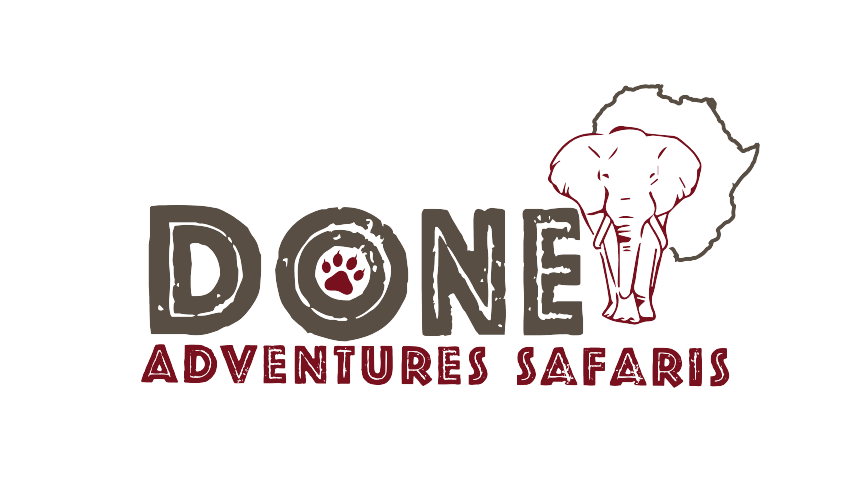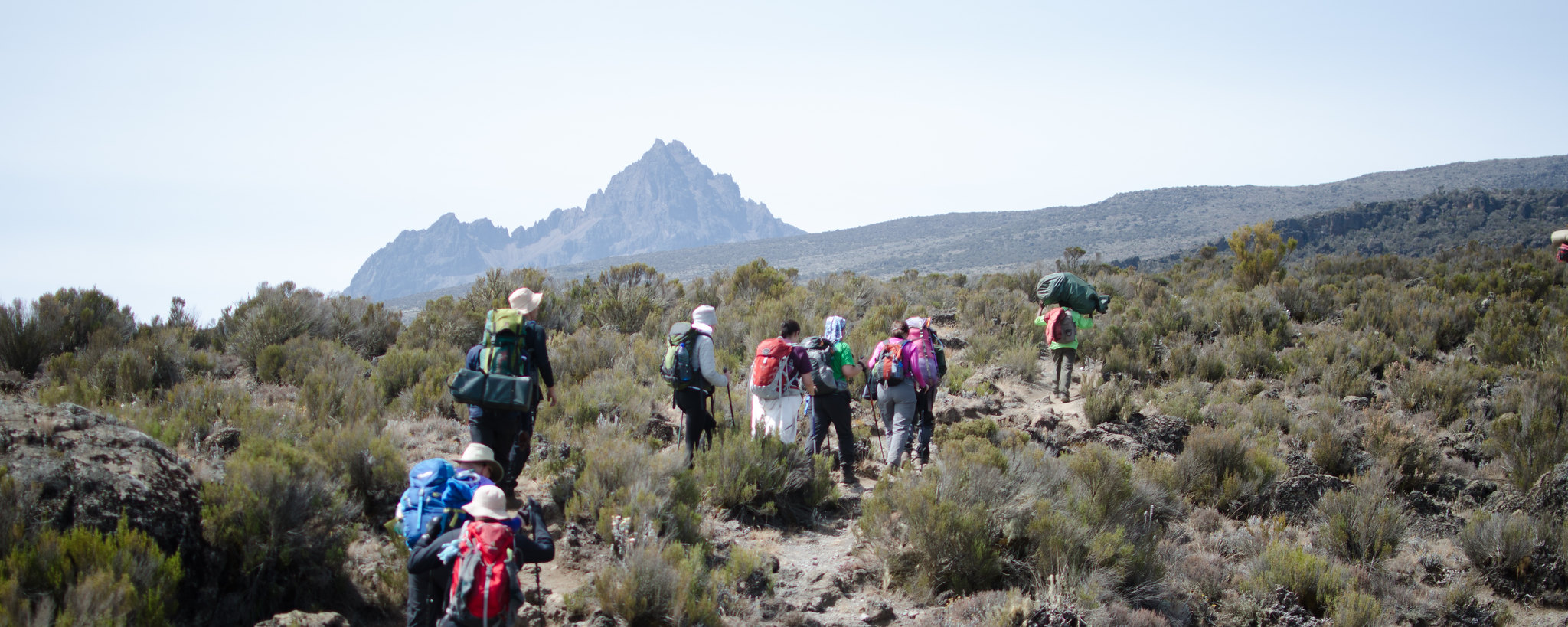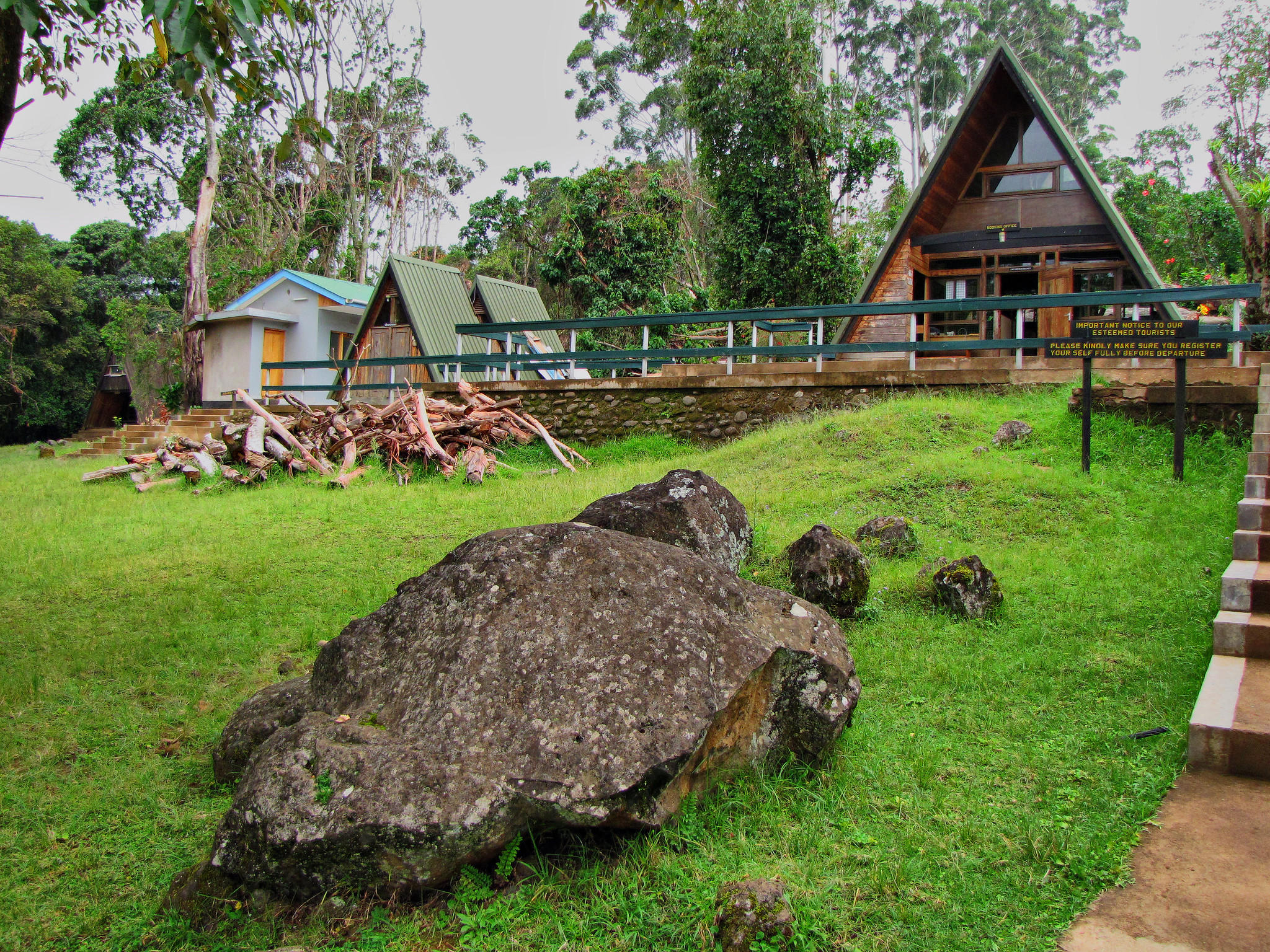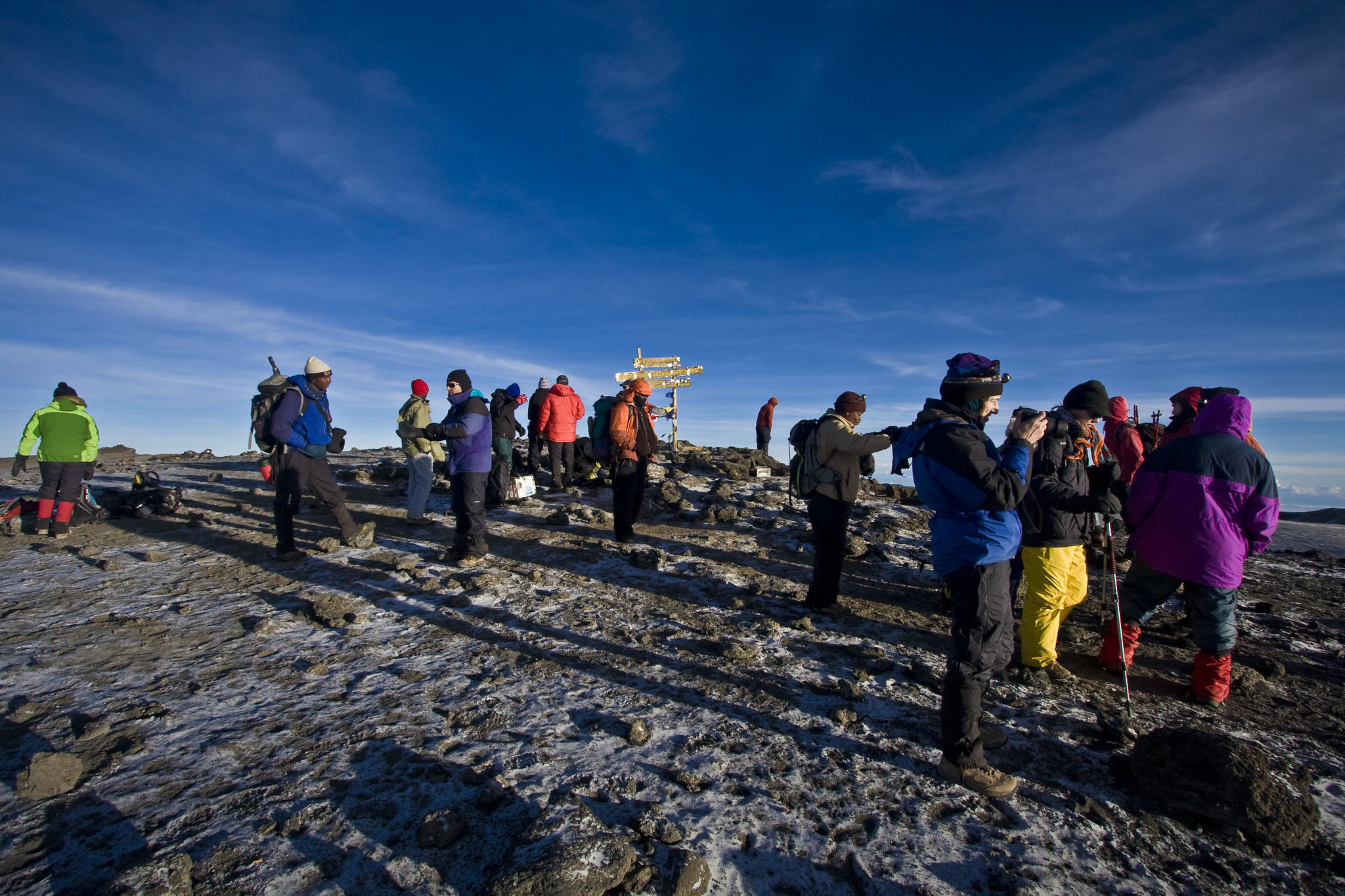Katavi National Park
Katavi National Park, 35km southwest of Mpanda, is Tanzania’s third-largest national park (together with two contiguous game reserves the conservation area encompasses 12,500 sq km) and one of its most unspoiled wilderness areas. Though it’s an isolated alternative to more popular destinations elsewhere in Tanzania, the lodges are just as luxurious as anywhere else, and for backpackers it’s one of the cheapest and easiest parks to visit, if you’re willing to take the time and effort to get there.
Katavi’s dominant feature is the 425-sq-km Katisunga Plain, a vast grassy expanse at the heart of the park. This and other flood plains yield to vast tracts of brush and woodland (more southern African than eastern), which are the best areas for sighting roan and sable antelopes (together with Ruaha National Park, Katavi is one of the few places you have a decent chance of spotting both). Small rivers and large swamps that last all year support huge populations of hippos and crocodiles and Katavi has more than 400 bird species.
The park really comes to life in the dry season, when the flood plains dry up and elephants, lions, zebras, giraffes, elands, topis and many more gather at the remaining waters. The park really stands out for its hippos – up to a thousand at a time gather in a single, muddy pool at the end of the dry season (late September to early October is the best time) – and its buffaloes. Katavi is home to some of the largest remaining buffalo herds in Africa and it’s not unusual to see over a thousand of these steroid-fuelled bovines at any one time.
The park no longer hires vehicles but Riverside Camp in Sitalike charges US$200 per day for a 4WD. All park fees must be made at park headquarters located 1km south of Sitalike or the Ikuu Ranger Post near the main airstrip. You must pay by credit card, as cash is not accepted. If you fly in, rangers will be waiting at the airstrip for park admission fees. Anyone staying in the park has to pay the camping fee, but this will be included in the overall package if staying at one of the top-end camps.
Katavi’s dramatic scenery is as varied as it is pristine. Flood plains of thick reeds and dense waterways are home to a huge population of hippo and varied birdlife. In the woodlands to the west, forest canopies shroud herds of buffaloes and elephants. Seasonal lakes fill with dirty coloured water after the rains and animals from all corners of the park descend in them to drink. The park is also home to the rare roan and sable antelope species, and it is a must-see for the visitors intending to explore the wilds of the continent.
Isolated, untrammeled and seldom visited, Katavi is a true wilderness, providing the few intrepid souls who make it there with a thrilling taste of Africa as if it must have been a century ago.
Tanzania’s third largest national park; it lies in the remote area southwest of the country, within a truncated arm of the Rift Valley that terminates in the shallow, brooding expanse of Lake Rukwa.
The bulk of Katavi supports a hypnotically featureless cover of tangled brachystegia woodland, home to substantial but elusive populations of the localised eland, sable and roan antelopes. Nevertheless the main focus for game viewing within the park is the Katuma River and associated floodplains such as the seasonal Lakes Katavi and Chada. During the rainy season, these lush, marshy lakes are a haven for myriad water birds, and they also support Tanzania’s densest concentrations of hippos and crocodiles.
It is during the dry season, when the floodwaters retreat, that Katavi truly comes into life. The Katuma, reduced to a shallow muddy trickle, forms the only source of drinking water for miles around, and the flanking floodplains support game concentrations that defy belief. An estimated 4,000 elephants might converge on the area, together with several herds of 1,000-plus buffalo, while an abundance of giraffes, zebras, impalas and reedbucks provide easy pickings for the numerous lion prides and spotted hyena clans whose territories converge on the floodplains.
Katavi’s most singular wildlife spectacle is provided by its hippos. Towards the end of the dry season, up to 200 individuals might flop together in any riverine pool of sufficient depth. And as more hippos gather in one place, so does male rivalry heat up – bloody territorial fights are an everyday incident, with the vanquished male forced to lurk hapless on the open plains until it gathers sufficient confidence to mount another challenge.
Location; Southwest Tanzania, east of Lake Tanganyika.
The headquarters at Sitalike lie 40km (25 miles) south of Mpanda town.
Getting there
Charter flights from Dar or Arusha.
A tough but spectacular day’s drive from Mbeya (550 km/340 miles), or in the dry season only from Kigoma (390 km/240 miles).
It is possible to reach Mpanda by rail from Dar via Tabora, then to get public transport to Sitalike, where game drives can be arranged. If travelling overland, allow plenty of time to get there and back.
What to do
Walking, driving and camping safaris.
Near Lake Katavi, visit the tamarind tree inhabited by the spirit of the legendary hunter Katabi (for whom the park is named) – Offerings are still left here by locals seeking the spirit’s blessing.
Accommodation
Two seasonal luxury tented camps overlooking Lake Chada. A Resthouse at Sitalike and campsites inside the park. Basic but clean hotels at Mpanda



